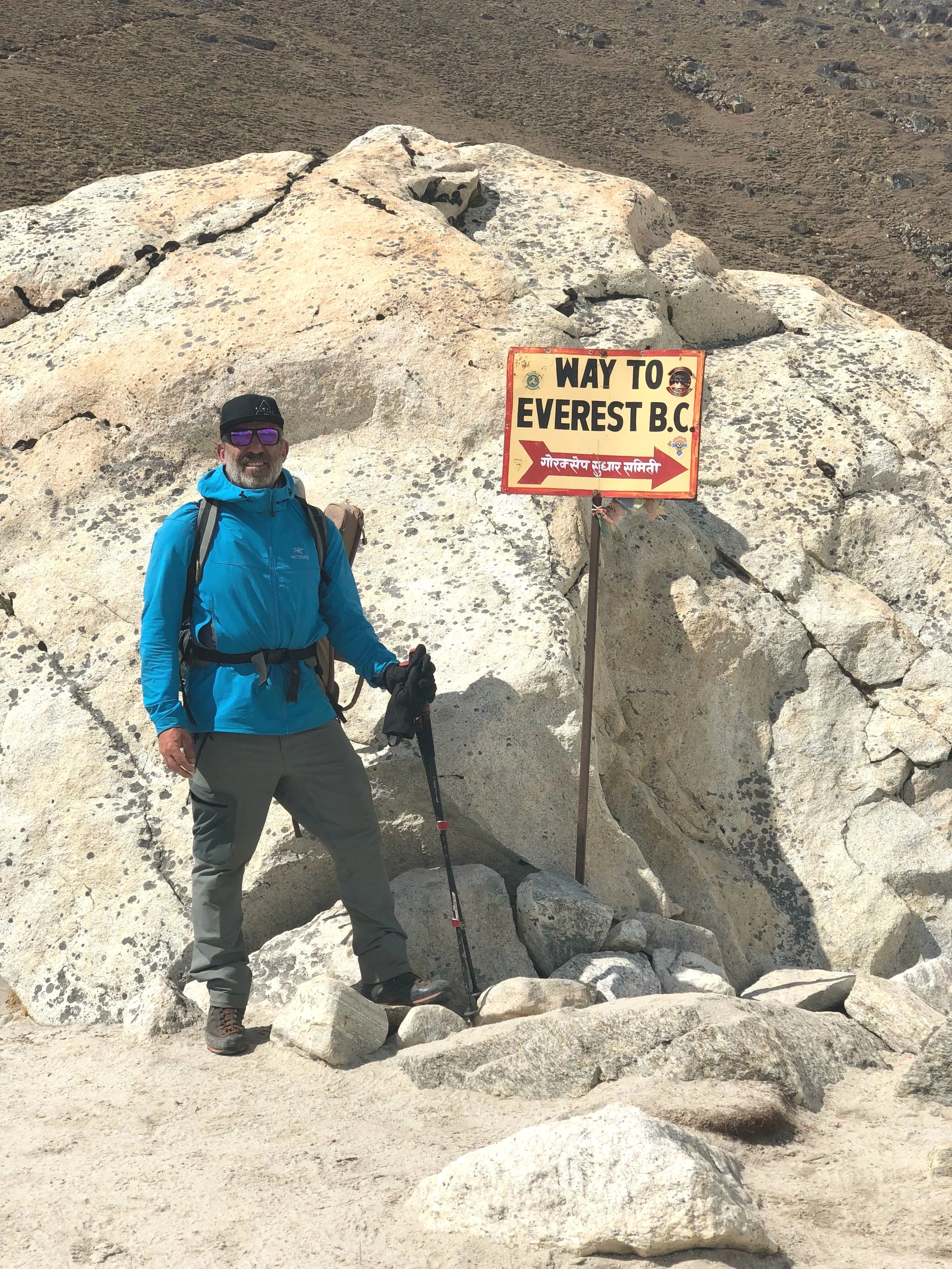Climbing Mount Everest is a task famously known for its daunting nature and numerous uncertainties. Whether you’re considering the thrill or just want to live vicariously, climbing to the top of the world is certainly no weekend trip.
Here’s a peek at the timeline to reach the peak. It’s long, with the average expedition lasting 40 days and all timelines subject to weather-related delays or other changes. Although this information is for climbers trekking to the South Base Camp in Nepal, those headed to the north side of Mount Everest can expect a similar travel timeline, as acclimatization is the name of the game.
Days 1-2: Rest and prep
Climbers typically spend one to two days at the town in which they arrive (which, for climbers going up the south side of the mountain, is most likely Kathmandu, Nepal). During this time, climbers rest, explore, and have expedition leaders inspect their equipment to ensure they are properly prepared for the climb.
Day 3: Travel and hiking to higher altitudes
On the third day, climbers fly to their next location - usually Lukla, the most dangerous airport in the world. But this is certainly no rest day. After landing, travelers embark on a three-hour hike to Phakding, a Nepalese village that often hosts travelers headed to Everest in its many guesthouses.
Days 4-10: More hiking toward base camp
On the fourth day, prepare for up to six hours of hiking toward Base Camp. On this day and over the next week, climbers will continually hike to higher altitudes to help their bodies slowly adjust.
The fifth day is a day of either resting or hiking in the town of Namche Bazaar.
On day six, travelers make a seven-hour hike to the village of Deboche, followed by a five-hour hike to Pheriche on day seven. Climbers will spend two nights in Pheriche to continue acclimatizing.
On day eight, like day five, climbers can choose to spend the day resting or hiking.
Day nine begins the expedition to Gorak Shep, which climbers will reach by day 10. The hike includes a visit to the village of Lobuche, the last inhabited city on the journey to Everest.
Days 11-21: Arrival at Base Camp and acclimatization climbs
After several days of hiking to increasingly higher altitudes, climbers finally reach Base Camp on day 11, where they will participate in a celebration hosted by the sherpas. For the next 10 days, climbers will rest and slowly acclimate to the altitude. This includes a few acclimatization climbs, with a goal of reaching Camp I or Camp II at the end of the 10-day period. After reaching the camp(s), climbers return to Base Camp for about four days for further rest and skills training.
Days 22-39: Camp II sleeping rotation and summit weather windows
The following 18 days include a sleeping rotation at Camp II, as well as summit weather windows, during which climbers must account for the varying weather conditions in order to attempt a summit. This waiting game is critically important, as climbing in unfavorable conditions can have fatal consequences.
Day 40+: Summit, descent and return home
After a climber and his or her group summit, they’ll spend a few days resting and celebrating before heading back down to Deboche then Namche Bazaar. After several long weeks, climbers will fly home having accomplished one of the most impressive and difficult feats in the world.
Interested in planning a trip to Mount Everest? Even if you don’t intend to summit, plenty of travelers hike to Base Camp just for the experience. Shoot me an email or PM me on one of my social platforms, and I’ll gladly make some recommendations for you!


















